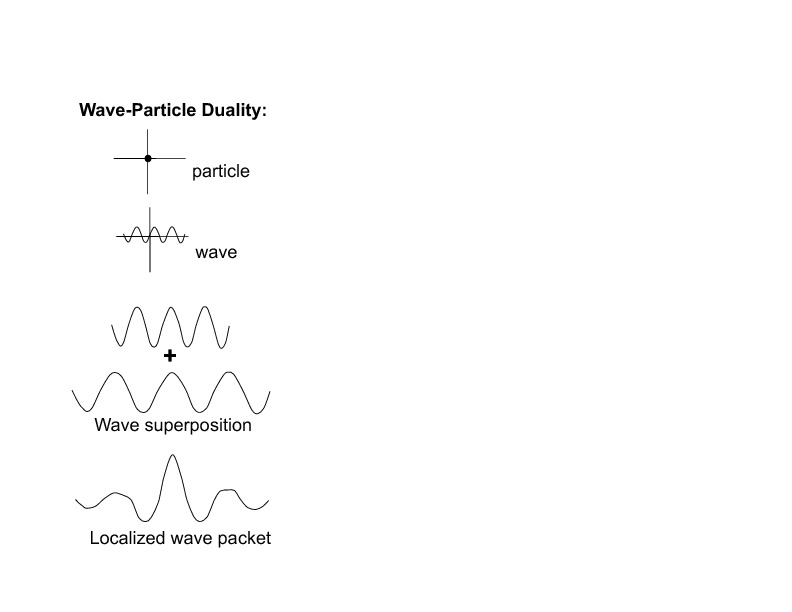My Teaching
I really enjoy teaching and have been blessed with the opportunity to teach quite a few very fascinating topics in physics, from astrophysics to electricity and magnetism, particle physics to quantum mechanics. Electromagnetism stands at an important stage of the development of Physics as a science, giving in some sense our first modern understandings of nature. It set the stage for the development of relativity, and is the basis for an enormous body of our modern technology. Quantum mechanics represents a true paradigm shift not only in physics, but in our conception of the nature of our world. The concepts are sometimes bizarre, but are never boring. And Quantum mechanics is critical to many modern advances, and is integral to the topics I study in my research. Stellar astrophysics involves a broad synthesis of many sub fields of physics to reveal the underlying processes and thought provoking implications of these seemingly small beacons. The science between the methods experimental particle physicists use also brings in a wide arrange of physical mechanisms that help understand the most fundamental interactions.
My philosophy in teaching focuses on the profoundness and importance to our modern world that arises in the physics we cover, and to engage students in the science itself to develop their confidence and capability to choose and navigate their path thru individual questions, to larger programs and interests. I enjoy the chance to show in my courses the actual conduct of science and to allow students a deeper understanding of the endeavor. My techniques are always changing, but common practices include surveying students often to get feedback, incorporating research into my courses, and attempting to provide multiple accessible avenues to experience or exercise the course material.
I use different techniques in my teaching according to the goals of each class. I have used ‘flipped’ classrooms, group learning, standard lectures and peer instruction. Increasingly, I have been developing lecture videos so that I can devote time in class to conceptual and numeric problems. In class, such time is best utilized in small group or individual work with following discussion of findings and pitfalls. Some courses offer the opportunity to engage students on a visceral level, such as in Modern Physics where the topics are conceptually challenging intuitively, and I enjoy working with students to get to a deeper understanding of key ideas.
Courses:
I have taught a wide variety of courses from our introductory and mid-level undergraduate courses to our graduate program in astrophysics and particle physics. In addition, I have had a longstanding role in the development of the undergraduate research program at SMU, and led that effort from 2010 thru 2018 as Director of Undergraduate research. My courses over the years have included:
Undergraduate Research:
I also work with many of my students undergraduate students on research in astrophysics and particle physics. Projects have included a search for and measurement of stars rapidly varying in brightness, as well as contributing to the measurement of the top quark mass. Additionally, I have served as Director of Undergraduate Research at SMU for several years to setup programs for a vibrant undergraduate research experience. These include the development of the summer research program and institute, SMU’s Journal of Undergraduate Research, and helping SMU’s McNair Scholars program succeed and join in the wider community of student researchers.
